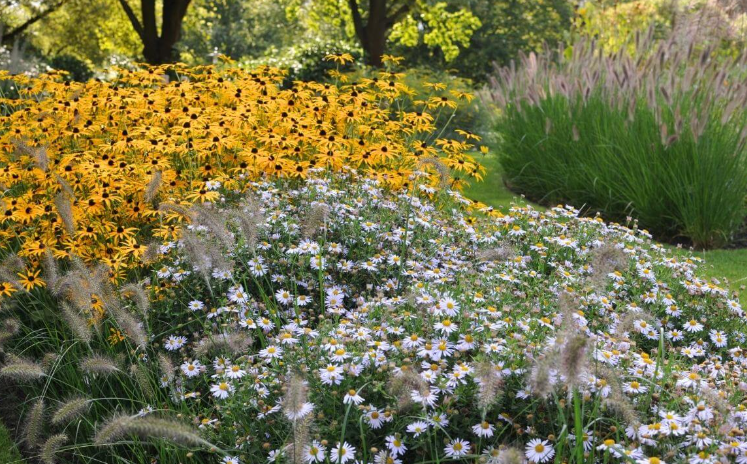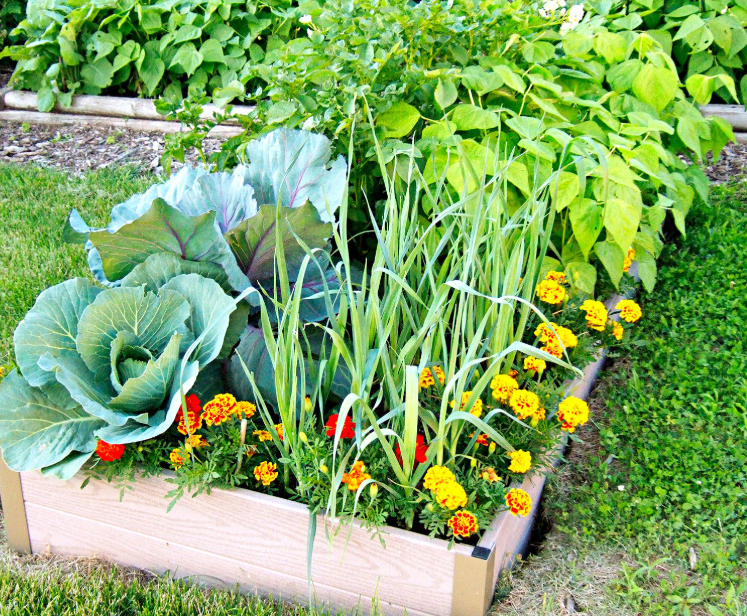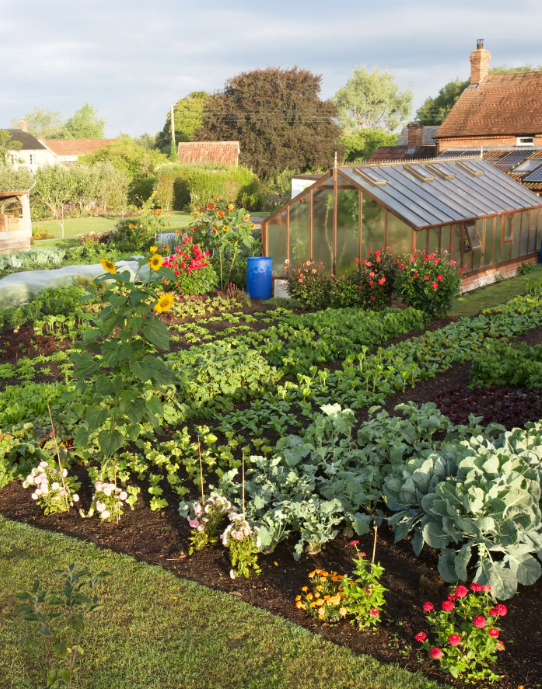Creating a garden that offers year-round beauty is one of the most rewarding aspects of garden design. A garden that evolves with the seasons provides constant interest and a variety of textures, colors, and scents. Whether you live in a climate with distinct seasons or a mild year-round environment, planning for year-round beauty requires a thoughtful approach to plant selection, layout, and maintenance. Here’s how you can design a garden that remains stunning throughout the year.
Choose Plants for All Seasons
To achieve year-round beauty, your garden should feature plants that shine in different seasons. Here’s how to break it down by season:
Spring: Early bloomers, such as crocuses, daffodils, tulips, and primroses, will bring color to your garden after the winter thaw. Trees and shrubs like forsythia or magnolias can add an early burst of bloom. Consider planting bulbs that will naturalize and return year after year.
Summer: Choose plants with a long blooming period, such as daylilies, lavender, coneflowers, or roses, which can fill your garden with color and fragrance throughout the summer. Evergreen shrubs like boxwood or holly will maintain structure and green foliage during the warmer months.
Autumn: Fall offers spectacular foliage colors. Trees like maples, oaks, and liquidambar provide beautiful fall hues. Perennials such as asters, chrysanthemums, and sedums also bloom in fall, while ornamental grasses, like fountain grass or feather reed grass, add texture and movement to your garden.
Winter: Evergreen trees and shrubs, such as pines, spruces, and hollies, will keep your garden green through the cold months. Consider adding plants with winter interest, like witch hazel or camellias, which bloom in winter, or the striking foliage of hellebores. Also, plants with interesting bark or seed heads, such as birch or hydrangea, can provide visual appeal even when dormant.
Incorporate Evergreen Plants for Structure
Evergreens are the backbone of a year-round garden, providing structure, color, and texture during every season. These plants don’t lose their leaves in the winter, so they offer a consistent element of greenery. Use evergreens for hedges, focal points, or as a backdrop to seasonal flowers. Varieties like boxwood, holly, juniper, and pine are excellent choices that thrive in different climates and can be shaped or pruned to fit various garden styles.
Use Succession Planting
Succession planting is the practice of planting species that flower or mature at different times of the year to maintain visual interest. For example, plant early-blooming tulips or daffodils alongside later-blooming summer perennials such as peonies or daylilies. As those flowers fade, you can expect other plants, like lavender or coneflowers, to take their place. By selecting plants with varying bloom times, you’ll ensure that your garden doesn’t have a “gap” between seasons when it feels lackluster.
Mix Different Textures and Foliage Types
Another way to maintain year-round appeal is by combining plants with different textures, shapes, and colors of foliage. Broad-leaf evergreens, spiky grasses, and soft, feathery ferns can add depth and contrast to your garden. In winter, the texture of evergreen needles, bare branches, and seed heads can create a visually rich landscape, even without blooms.
Consider layering plants with varied foliage types. For example, the broad, glossy leaves of rhododendrons contrast beautifully with the fine foliage of ornamental grasses or ferns. Mixing various textures helps to keep the garden visually dynamic throughout the year.
Plan for Seasonal Scents and Colors
Scent plays a huge role in a garden’s appeal and can be a significant factor in creating a garden with year-round beauty. In the spring, fragrant flowers like lilacs and hyacinths fill the air, while summer brings the sweet scent of roses and lavender. Fall offers the earthy aroma of chrysanthemums and asters, while winter provides the subtle scent of evergreen needles or winter-blooming jasmine.
Similarly, plan for seasonal color changes. Bright, pastel blooms in spring, vibrant colors in summer, rich oranges and reds in fall, and the cool greens and whites of winter will offer your garden interest no matter the time of year.
Create Visual Interest with Hardscaping
Incorporating hardscaping elements like pathways, retaining walls, trellises, and water features can help maintain structure and visual interest, even when plants are dormant. A stone pathway, a rustic wooden bench, or a decorative birdbath can act as focal points during the off-season. A well-placed pergola or gazebo can provide an attractive element year-round, and adding water features like a fountain or pond can create a sense of tranquility and provide a dynamic sound element, especially in winter when the water may freeze or flow differently.

Maintenance and Seasonal Care
Finally, to ensure your garden looks its best year-round, regular maintenance is key. Some plants will require pruning in the winter to keep their shape, while others may need cutting back in early spring to encourage fresh growth. Mulching in the fall can protect roots and keep plants insulated during the winter months. In addition, having seasonal tasks like deadheading, fertilizing, and weeding will help your garden stay vibrant and healthy through all four seasons.






